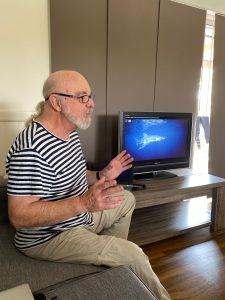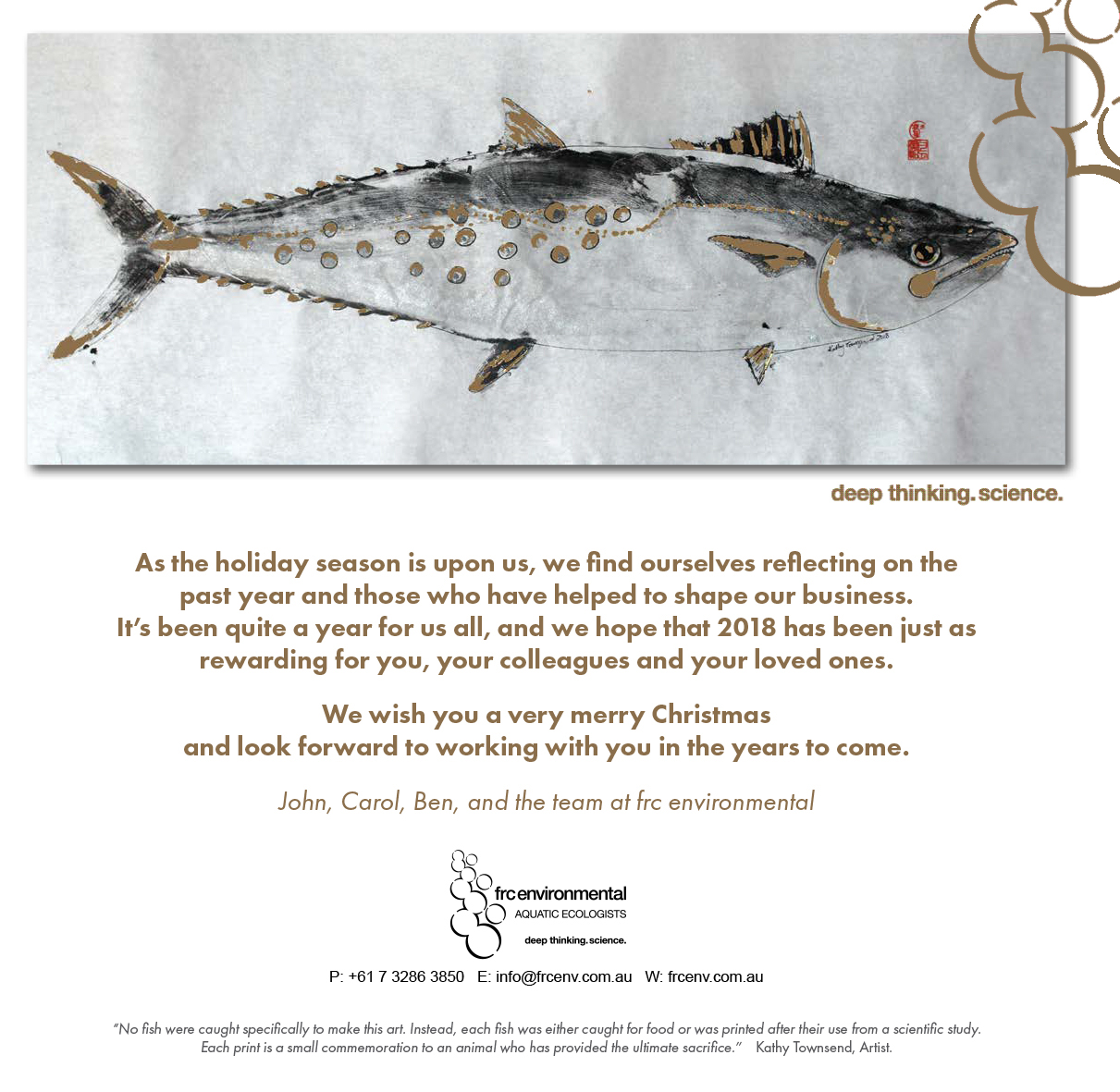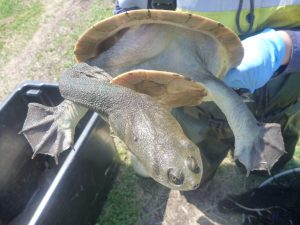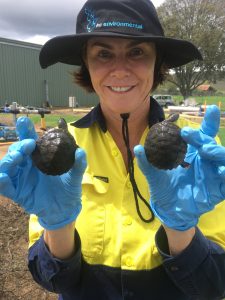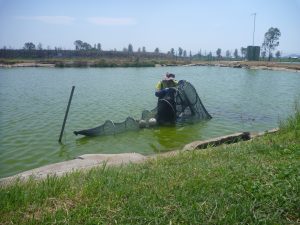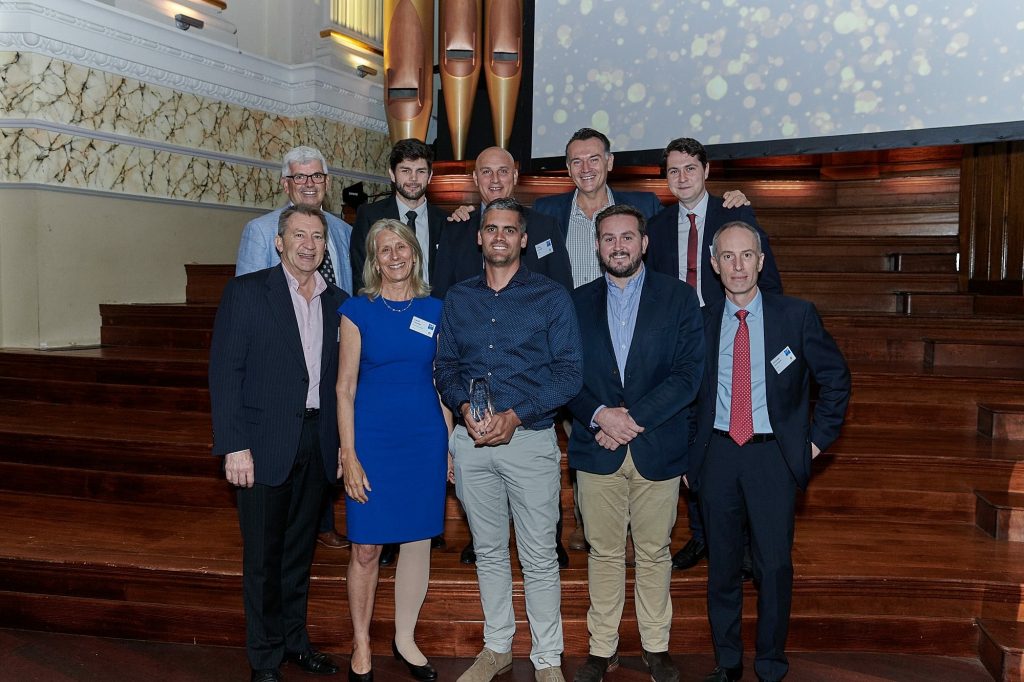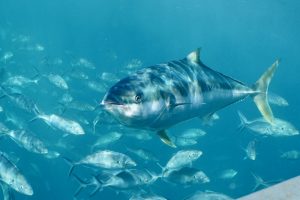As the science of ecology matures, details become increasingly important. For example, in the field of reef ecology, we now know of numerous diseases of coral, some with distinct appearances, often characterised by colour and fine detail. The accurate recording of what a diver observes is consequently increasingly important.
The equipment we use has also improved dramatically. We currently use Sony’s A7r digital cameras underwater – they offer a wopping 42 MP resolution. But to get the best results requires ongoing skills development.
In November, frc’s John Thorogood and Carol Conacher attended a 2 day workshop with world renown underwater photographer Kevin Deacon. Kevin had taught John to dive in 1971, and the two had not met since! Although the skies were overcast and the water chilly, both John and Carol picked up many new tips and tricks that will enhance both their underwater photography and scientific recording.

